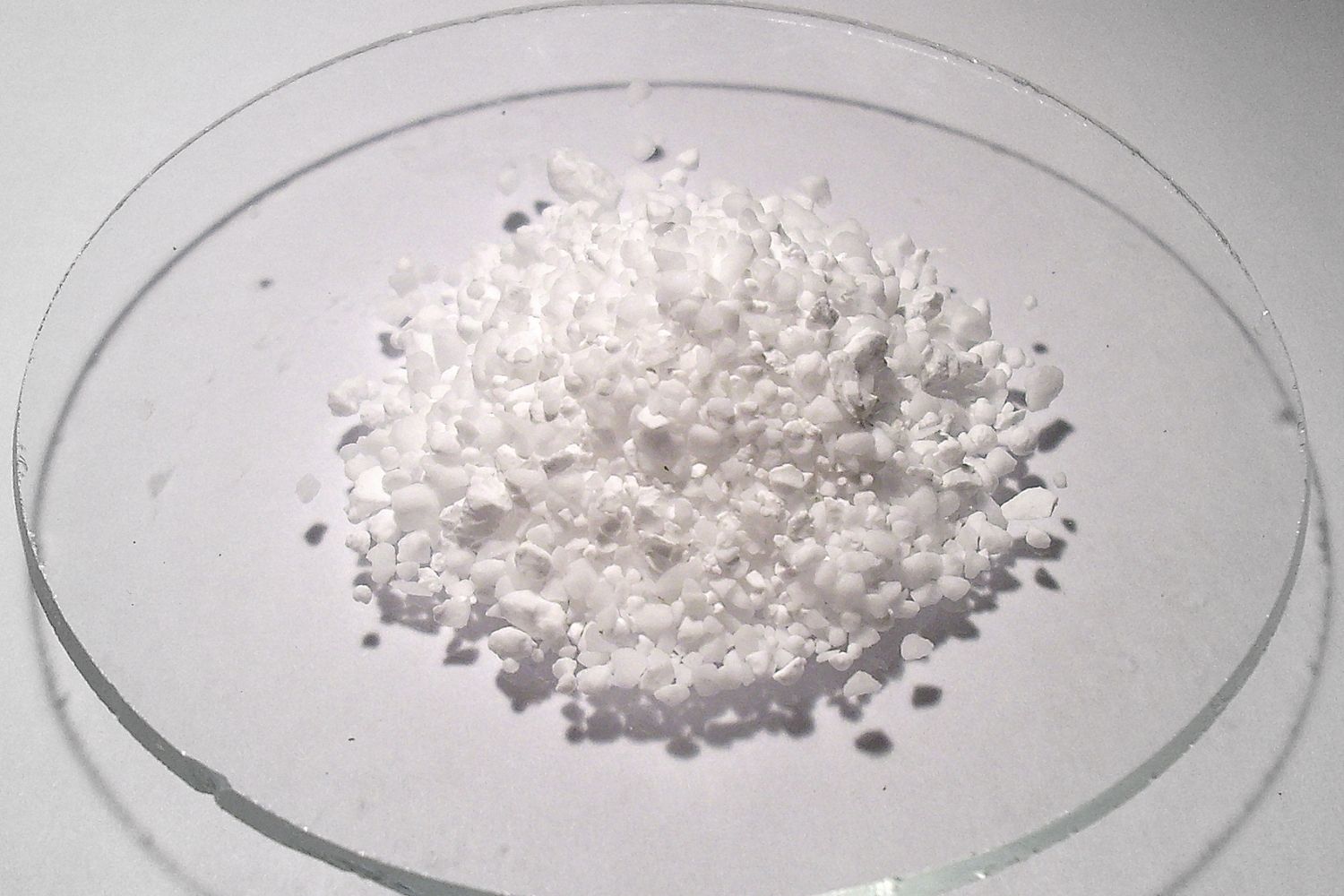
Lithium borohydride is a fascinating compound with a wide range of uses and properties. But what exactly makes it so special? This compound, known for its chemical formula LiBH4, plays a crucial role in various industries, from energy storage to pharmaceuticals. Did you know that lithium borohydride is a powerful reducing agent? It’s also used in hydrogen storage due to its high hydrogen content. Moreover, this compound has unique properties that make it valuable in organic synthesis. In this blog post, we’ll explore 30 intriguing facts about lithium borohydride, shedding light on its applications, characteristics, and much more. Get ready to dive into the world of this remarkable chemical!
Key Takeaways:
- Lithium borohydride, with the chemical formula LiBH4, is a white solid used for hydrogen storage, reducing agents, fuel cells, and pharmaceutical synthesis. It reacts with water, requires safety gear, and has a rich historical background.
- Lithium borohydride has a high hydrogen content, is flammable, and decomposes in water. It supports the hydrogen economy, decomposes into environmentally friendly products, and contributes to renewable energy technologies.
What is Lithium Borohydride?
Lithium borohydride is a fascinating compound with a variety of uses and properties. Let's dive into some intriguing facts about this chemical.
- Chemical Formula: The chemical formula for lithium borohydride is LiBH4.
- Appearance: It typically appears as a white crystalline solid.
- Solubility: This compound is soluble in ethers and some other organic solvents.
- Density: The density of lithium borohydride is about 0.67 g/cm³.
- Melting Point: It has a melting point of approximately 275°C (527°F).
Uses of Lithium Borohydride
Lithium borohydride has several practical applications in various fields. Here are some of its primary uses:
- Hydrogen Storage: It is used for hydrogen storage due to its high hydrogen content.
- Reducing Agent: Commonly employed as a reducing agent in organic synthesis.
- Fuel Cells: Plays a role in fuel cell technology for energy production.
- Battery Technology: Used in the development of advanced batteries.
- Pharmaceuticals: Utilized in the synthesis of certain pharmaceuticals.
Chemical Properties
Understanding the chemical properties of lithium borohydride helps in grasping its reactivity and applications.
- Reactivity with Water: Reacts vigorously with water, releasing hydrogen gas.
- Stability: Stable under dry conditions but decomposes in the presence of moisture.
- Thermal Decomposition: Decomposes at high temperatures to release hydrogen.
- pH: It is a basic compound with a high pH when dissolved in water.
- Oxidation State: Boron in lithium borohydride has an oxidation state of -3.
Safety and Handling
Safety is crucial when dealing with chemicals like lithium borohydride. Here are some important safety facts:
- Flammability: Highly flammable, especially when in contact with water.
- Protective Gear: Requires the use of gloves and goggles during handling.
- Storage: Must be stored in a dry, airtight container to prevent moisture absorption.
- First Aid: In case of contact with skin or eyes, rinse immediately with plenty of water.
- Disposal: Should be disposed of according to local hazardous waste regulations.
Historical Context
Lithium borohydride has an interesting history that dates back several decades.
- Discovery: First synthesized in the early 20th century.
- Development: Its potential for hydrogen storage was recognized in the mid-20th century.
- Research: Ongoing research continues to explore new applications and improve its efficiency.
- Industrial Use: Became widely used in industrial applications by the late 20th century.
- Scientific Interest: Continues to be a subject of scientific interest due to its unique properties.
Environmental Impact
Considering the environmental impact of lithium borohydride is essential for sustainable use.
- Hydrogen Economy: Supports the hydrogen economy by providing a means of hydrogen storage.
- Decomposition Products: Decomposes into environmentally benign products like lithium hydroxide and boron compounds.
- Renewable Energy: Plays a role in renewable energy technologies, reducing reliance on fossil fuels.
- Recycling: Efforts are being made to develop recycling methods for lithium borohydride.
- Green Chemistry: Its use in green chemistry aims to minimize environmental impact.
Final Thoughts on Lithium Borohydride
Lithium borohydride, a fascinating compound, plays a crucial role in various industries. From its use in hydrogen storage to its application in organic synthesis, this compound proves its versatility. Its ability to act as a reducing agent makes it invaluable in chemical reactions, while its potential in fuel cells highlights its importance in renewable energy. Despite its reactivity and handling challenges, ongoing research aims to harness its full potential safely. Understanding these facts about lithium borohydride not only broadens our knowledge but also underscores the importance of chemistry in advancing technology. As industries continue to innovate, compounds like lithium borohydride will undoubtedly remain at the forefront, driving progress and sustainability. Keep an eye on this compound; its future applications might just surprise you.
Frequently Asked Questions
Was this page helpful?
Our commitment to delivering trustworthy and engaging content is at the heart of what we do. Each fact on our site is contributed by real users like you, bringing a wealth of diverse insights and information. To ensure the highest standards of accuracy and reliability, our dedicated editors meticulously review each submission. This process guarantees that the facts we share are not only fascinating but also credible. Trust in our commitment to quality and authenticity as you explore and learn with us.
